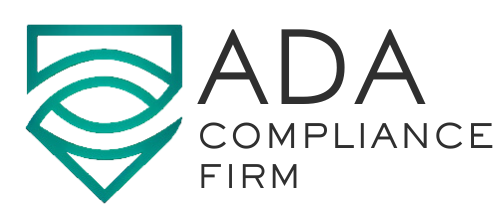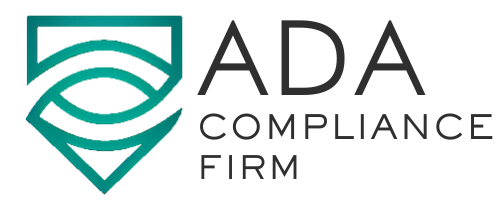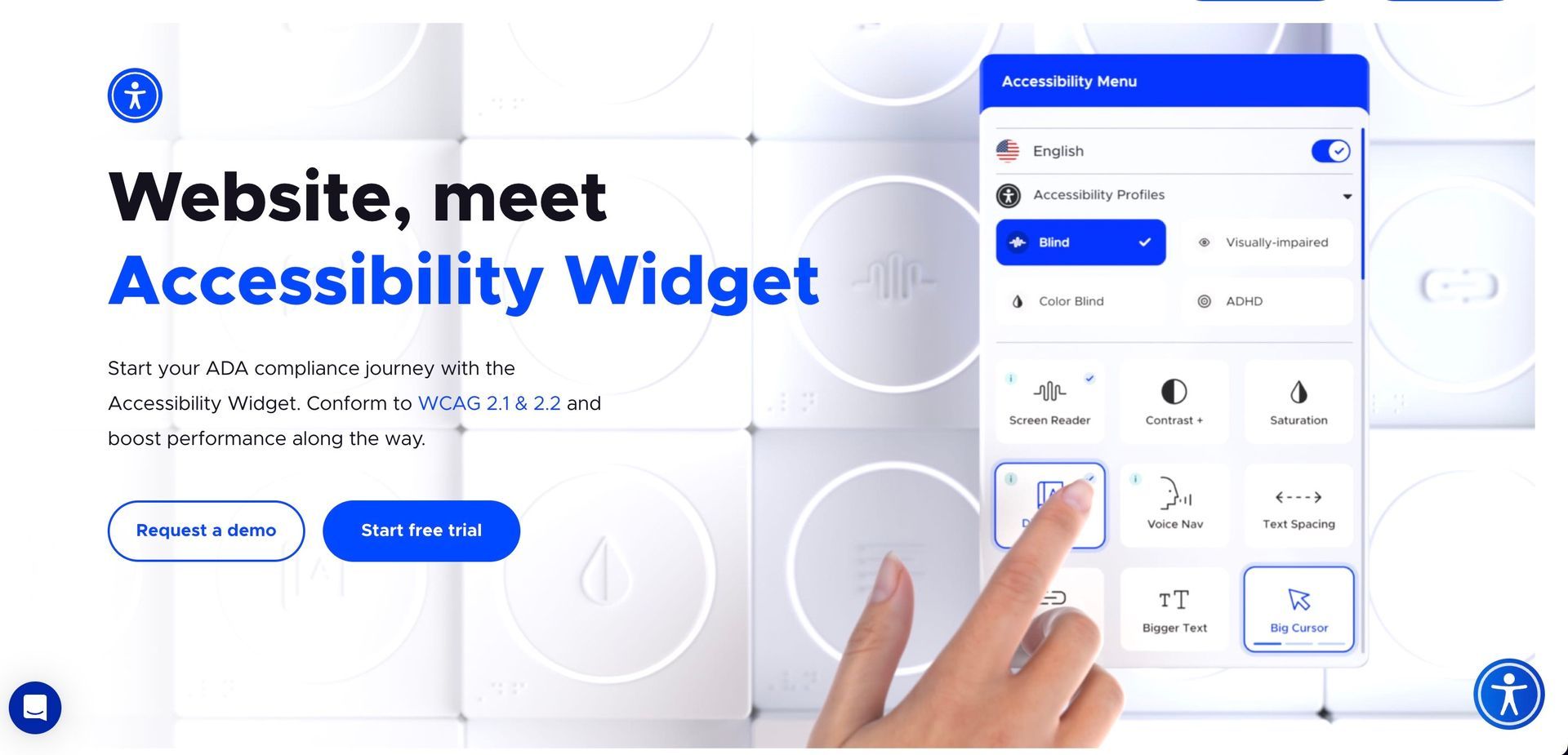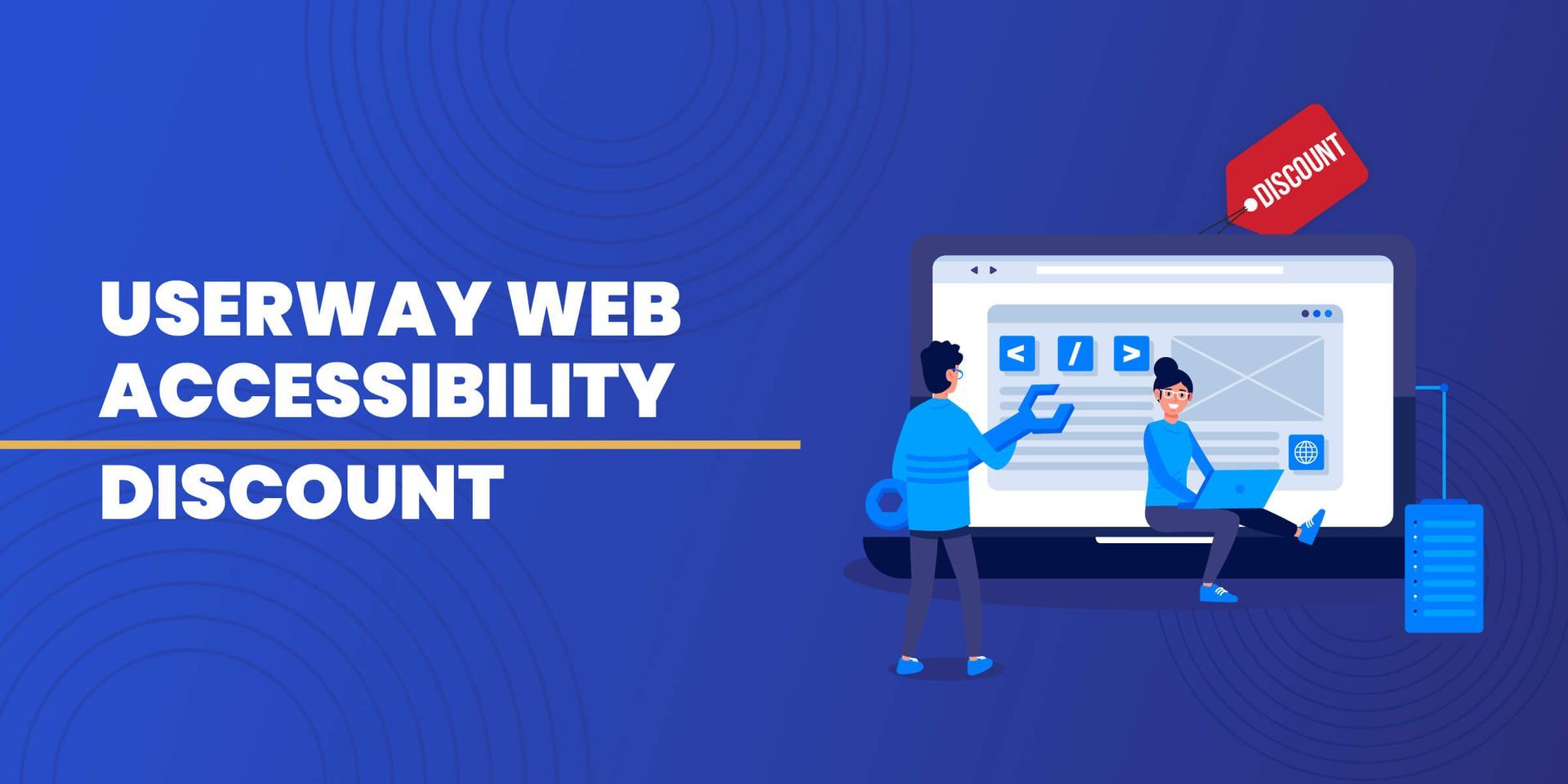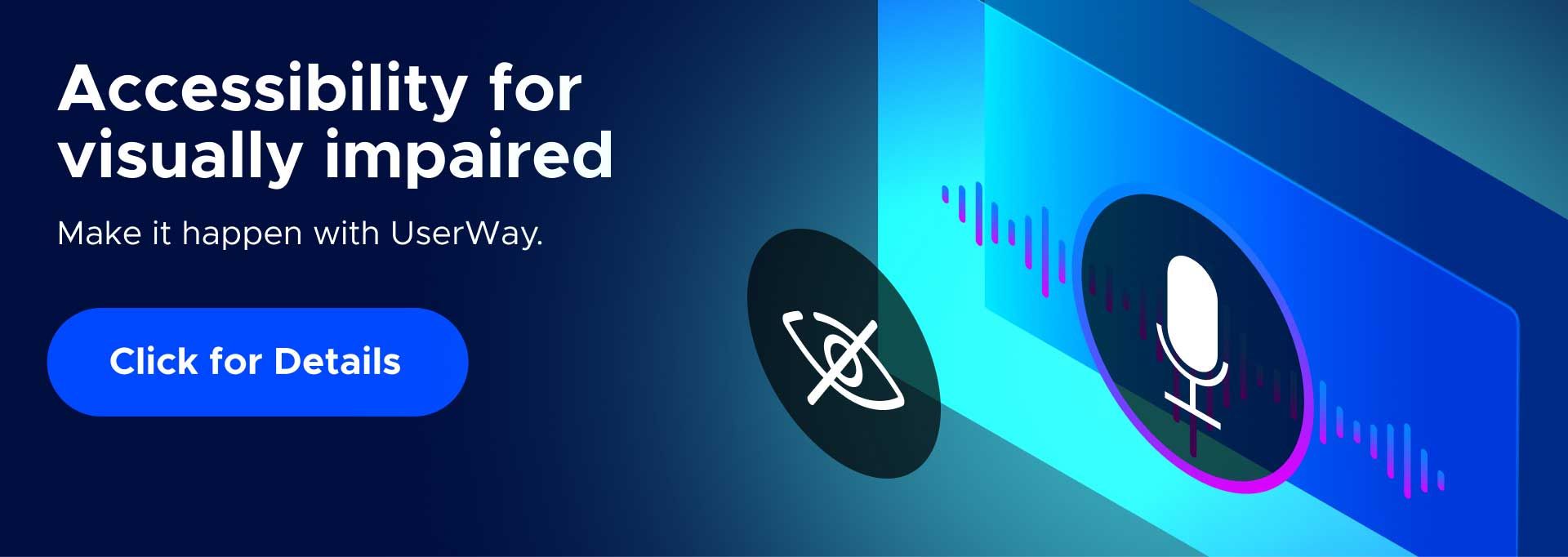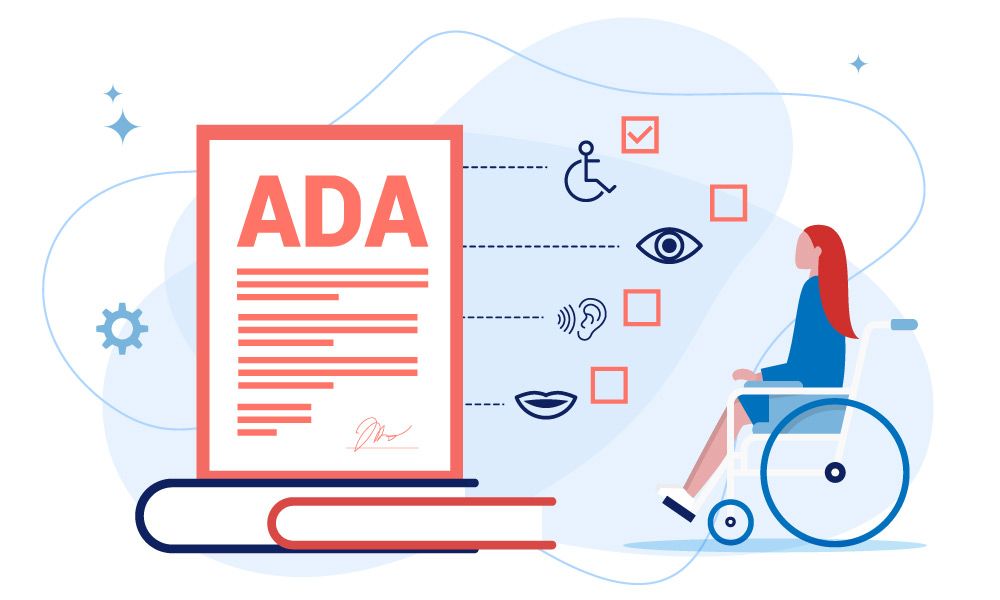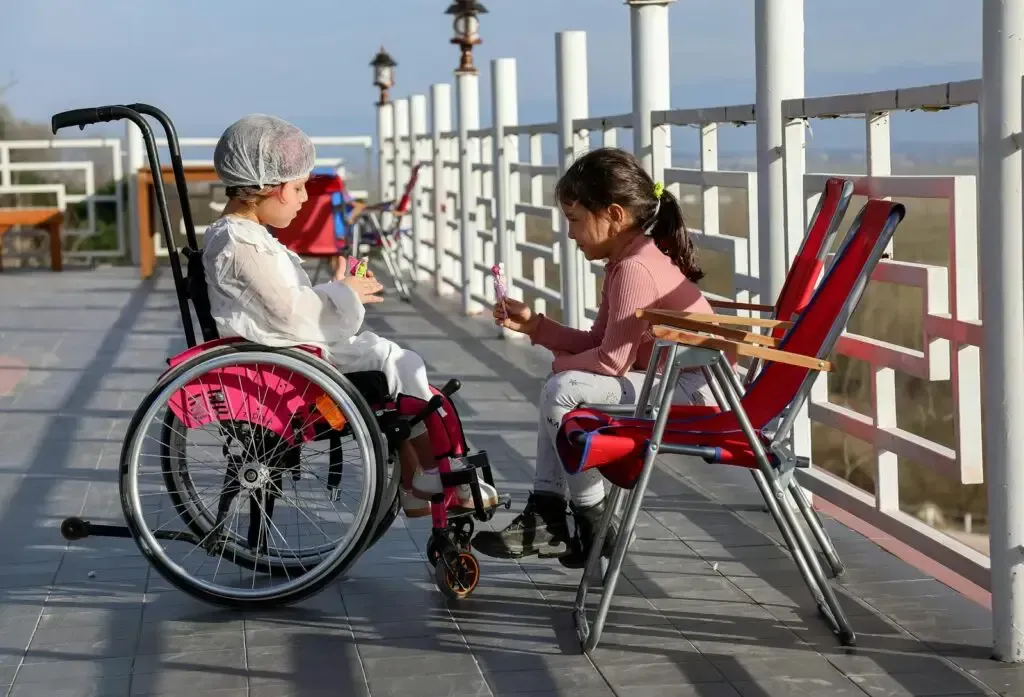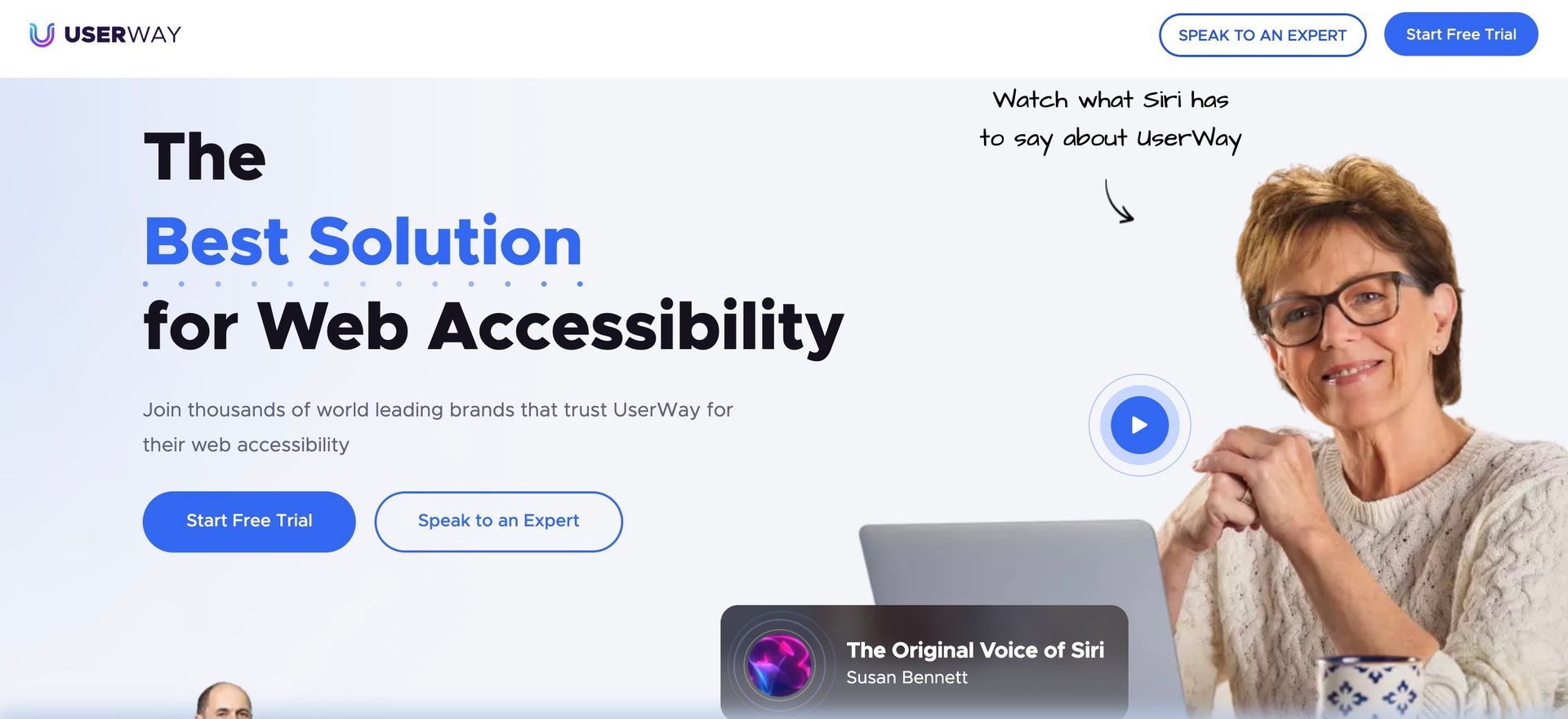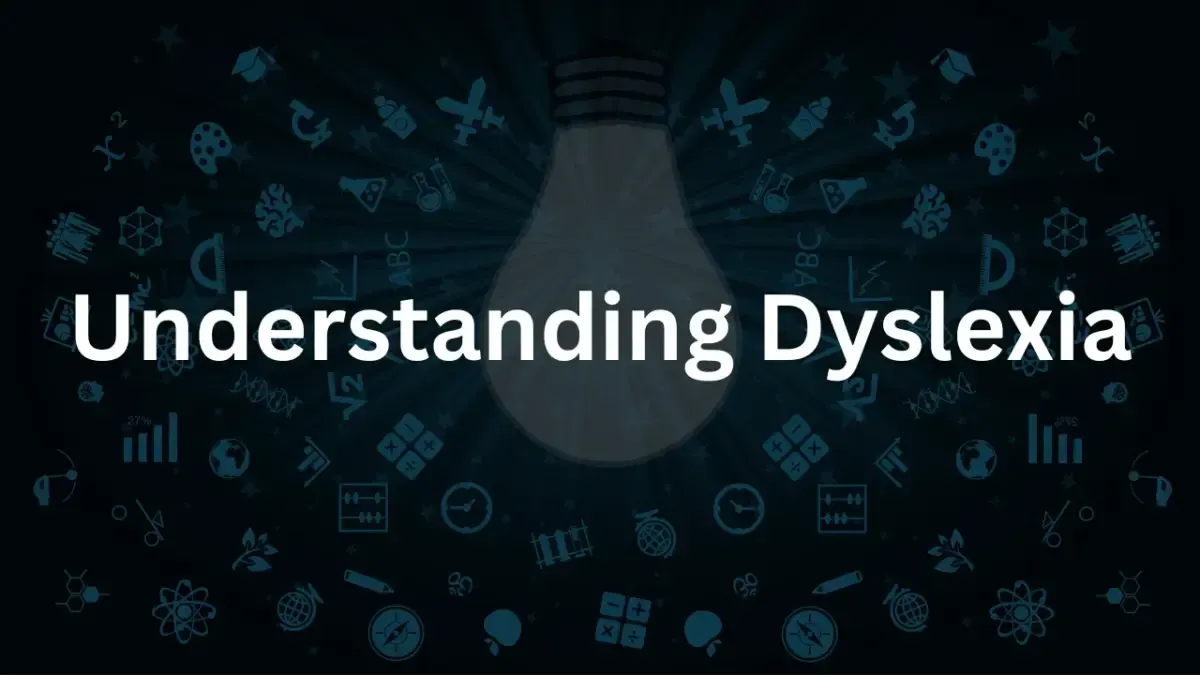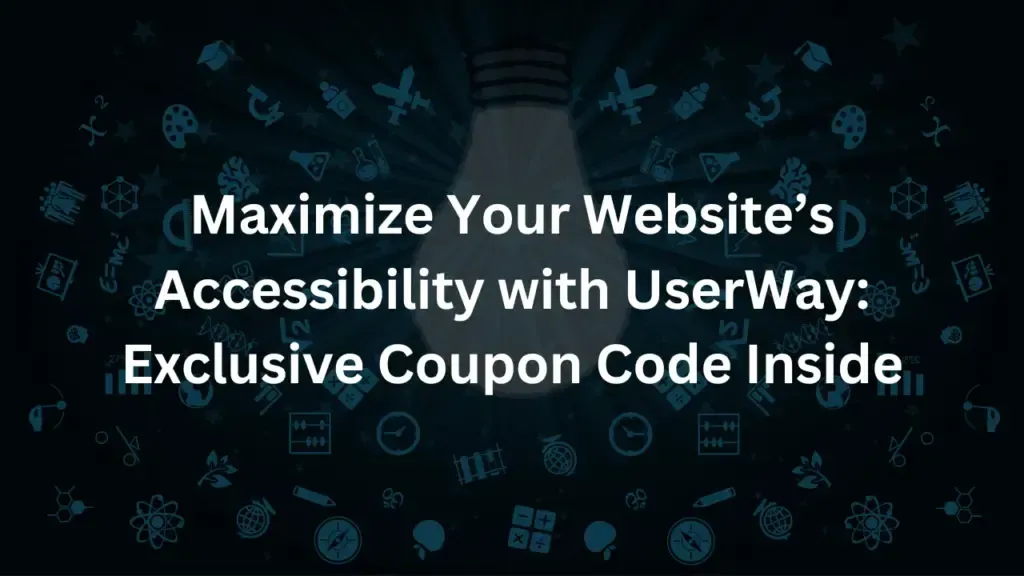Navigating Disability and Education for Inclusive Learning Environments

Diversity and inclusivity are core values in modern education that resonate across classrooms worldwide. Yet, integrating these values into practical applications presents a unique set of challenges and opportunities – particularly for students with disabilities.
This comprehensive guide addresses the pressing need for inclusive learning environments that accommodate the varied educational needs of all students.
Understanding Disabilities in Education
Defining Key Terms
In discussing inclusive education, specific key terms require clear definitions to ensure proper understanding and implementation. Disability encompasses a broad spectrum of conditions that may impede an individual’s ability to perform specific tasks as a society typically expects. The Americans with Disabilities Act (ADA) is a civil rights legislation that prohibits discrimination against individuals with disabilities in all areas of public life, including education. Inclusive education is the methodology and approach by which schools and teachers ensure that all students, regardless of their abilities or disabilities, learn together in supportive environments.
Exploring Types of Disabilities and Implications
Disabilities span several categories, including physical, intellectual, learning, and psychological disabilities. Each of these has unique implications for educational access. For example, students with physical disabilities may require architectural accommodations, while those with learning disabilities might benefit from specialized instructional strategies and resources.
Historical Context and Legal Framework
Milestones for Disability Rights in Education
The journey towards inclusive education has seen significant legal milestones, most notably the ADA and the Individuals with Disabilities Education Act (IDEA). Together, they have shaped the educational opportunities for students with disabilities, mandating accessible facilities and tailored educational plans. Globally, the UN Convention on the Rights of Persons with Disabilities furthers this ethos, promoting inclusion and equal access for all.
Current State of Disability and Education
Statistics and Challenges
Recent data from the National Center for Education Statistics reveals the current state of disability in education, highlighting enrollment, academic achievements, and challenges. Despite improvements, many students with disabilities face persistent barriers, such as inadequate access to physical resources, appropriate learning materials, and acceptance within the social fabric of educational institutions.
Best Practices for Supporting Students with Disabilities
Creating Inclusive Classrooms
Educators can adopt numerous strategies to foster inclusiveness, such as differentiated instruction, which tailors teaching to meet individual needs, or universal design for learning, which proposes innovative, flexible approaches to education that accommodate all learners. Case studies demonstrate the effectiveness of these practices in real-world scenarios.
The Role of Technology in Accessible Education
The Tech Advantage and Limitations
Technology has revolutionized learning for students with disabilities through adaptive software and hardware solutions. However, the emergence of remote learning has exposed gaps in digital accessibility, urging educators and policymakers to recognize and bridge these divides.
Policy and Advocacy
Current Debates and Engagement
The blog post should explore current policy debates and how stakeholders can engage in advocacy efforts. With educational policy being a hotly debated topic, the conversation around disability and education is pivotal for ensuring that the rights of all students are served.
Resources and Support
- Americans with Disabilities Act (ADA)
- Individuals with Disabilities Education Act (IDEA)
- National Center for Education Statistics
- UN Convention on the Rights of Persons with Disabilities
- Niche.com – Disability Accommodations in Higher Education
Frequently Asked Questions:
What is the most common type of disability in education?
The most prevalent types of disabilities in educational settings are typically learning disabilities, such as dyslexia, attention deficit hyperactivity disorder (ADHD), and language processing issues. These disabilities can create significant barriers to learning if not adequately supported by tailored educational strategies.
What are the problems faced by disabled persons?
Individuals with disabilities often encounter a host of challenges, including limited access to physical facilities, societal stigma, insufficient accommodations in educational materials and methods, inequities in job opportunities, and difficulties in obtaining comprehensive healthcare services.
How can we improve the lives of people with disabilities?
Improving the lives of individuals with disabilities requires a multifaceted approach:
- Ensuring legal protections are enforced.
- Increasing public awareness and acceptance.
- Providing access to quality education and employment opportunities.
- Advancing technology and support services tailored to individual needs.
What can you learn from a disabled person?
Interacting with a person with a disability can offer valuable insights into resilience, diverse perspectives on life, and unique problem-solving strategies. It also teaches empathy, inclusivity, and the recognition of each individual’s contributions, regardless of physical or cognitive differences.
What is the biggest challenge for people with disabilities?
One of the most pressing challenges for individuals with disabilities is often social inclusion. This encompasses physical access to spaces and services, being accepted and valued within a community, and having equal opportunities for education, employment, and social engagement.
What are the five barriers for persons with disabilities?
Five common barriers include physical inaccessibility, communicational obstacles, policy and institutional hindrances, societal attitudes and stigma, and economic constraints, often leading to limited access to education and employment.
What is learning in disability?
Learning in the context of disability refers to specialized educational strategies and adaptive technologies designed to meet the specific learning needs of individuals with disabilities, promoting their academic success and lifelong skill development.
How do you motivate disabled people?
Motivating individuals with disabilities involves:
- Recognizing their strengths.
- Promoting autonomy.
- Setting achievable goals.
- Ensuring a supportive and inclusive environment.
- Celebrating successes while providing constructive feedback.
Why is it important to learn about people with disabilities?
Understanding the experiences of people with disabilities fosters empathy, breaks societal barriers, and promotes equality. It also leads to more inclusive communities and helps us work towards environments where everyone’s abilities are valued and accommodated.
Advancing Disability Rights in Education
In conclusion, the blog post reflects on the significance of inclusive educational practices and an empowering call to action that encourages all involved – educators, advocates, policymakers, and families – to take steps towards more equitable educational environments.
Join our newsletter
Recent Blog Posts
